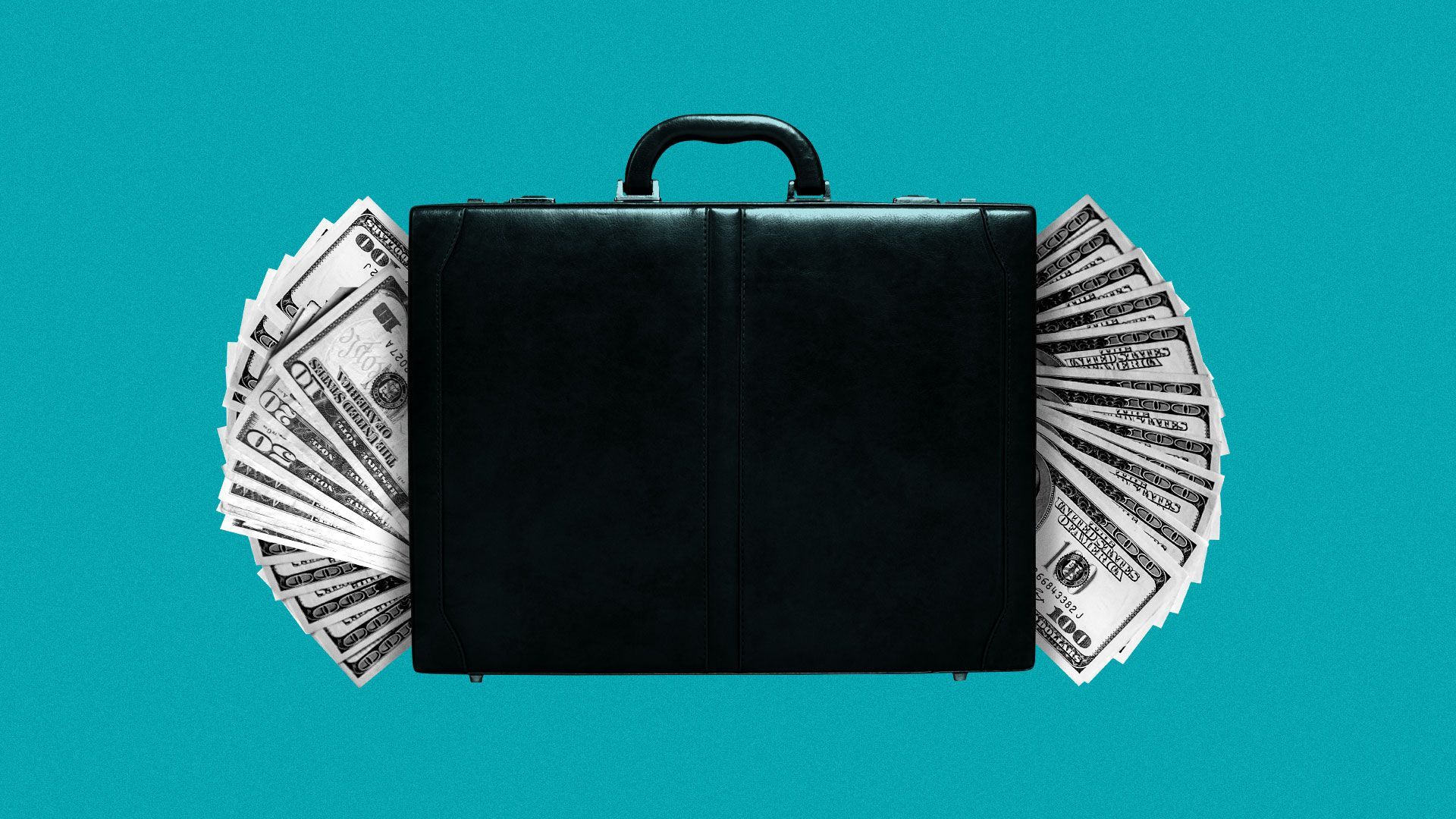
Illustration: Eniola Odetunde/Axios
There is no denying it: The labor market is fantastic for workers. That continues to benefit America’s workers, but it makes the Federal Reserve’s campaign to bring down inflation that much harder.
Why it matters: The longer the labor market fails to cooperate with the Fed’s engineered slowdown, the higher it will eventually need to push interest rates — and the more likely the central bank is to overdo things and cause an abrupt downturn.
Where it stands: Jobs are plentiful, and businesses have a robust appetite for new employees that are in short supply. The result is higher wages, which have actually risen faster than consumer prices in the last few months.
- In the Fed’s ideal scenario, more workers re-enter the workforce and demand for employees slows, helping to heal labor’s supply-demand mismatch. Wage growth would slow, with prices coming down more.
- But the opposite is happening. The labor force shrank in November for a third straight month; employers keep adding to their payrolls en masse; and wage growth accelerated.
By the numbers: Employers added 263,000 jobs last month, well above the minimum of roughly 100,000 jobs needed to keep pace with population growth.
- Missing in the aggregate data were any signs of a severe hiring slowdown in sectors like technology that are grabbing all the headlines. In fact, the information sector has added an average of 14,000 jobs each month this year — in line with the 16,000 added in 2021.
- Any workers who are getting laid off are finding new jobs quickly. The median duration of unemployment is 8.4 weeks, shorter than the 9.7 weeks before the pandemic.
Perhaps the most surprising news of the November jobs report: Average hourly earnings for private-sector workers rose 0.6%, and wage gains for September and October were revised upward.
- Over that three-month span, average hourly earnings rose at a 5.8% annual rate — well above what the Fed would consider consistent with price stability.
What’s next: The Fed’s next policy action is pretty clear. It will likely raise its target rate by 0.5 percentage point at a meeting concluding Dec. 14.
- But the hot labor market makes it more likely that official projections of how high they will eventually push interest rates will be markedly higher, likely above 5% (in September, they envisioned topping out around 4.6%).
What they’re saying: Joe Brusuelas, chief economist at RSM, thinks the data will prompt the Fed “to lift the policy rate above 5% — perhaps as high as 5.5% — before entertaining any idea of a strategic pause in its efforts to restore price stability.”
- “This implies the probability of the central bank creating economic conditions for a soft landing has narrowed and supports our call of a mild recession next year,” he adds.






